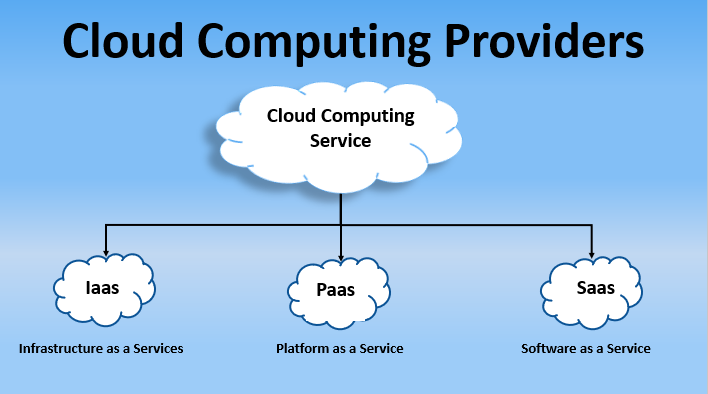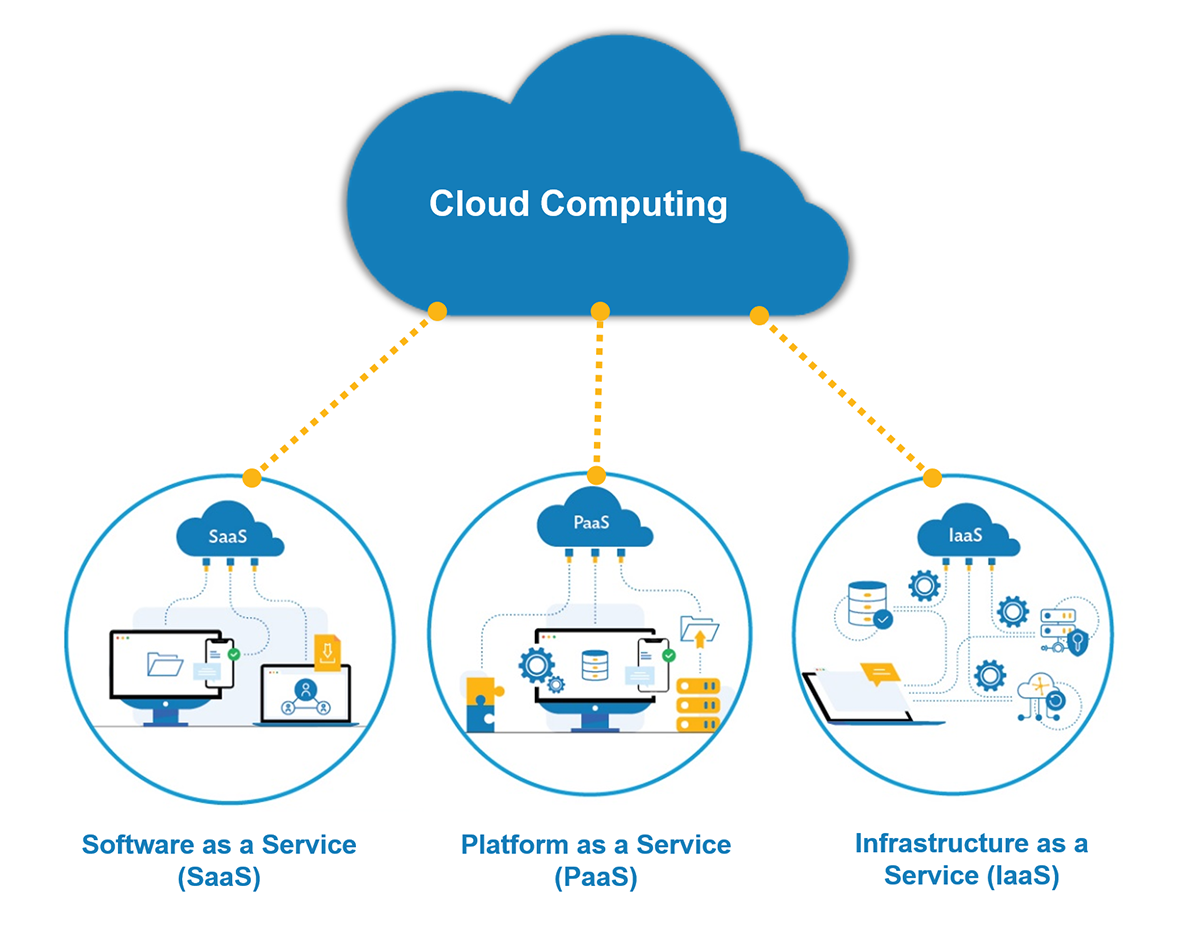Discover LinkDaddy Cloud Services for Universal Cloud Service Success: Press Release Insights
Discover LinkDaddy Cloud Services for Universal Cloud Service Success: Press Release Insights
Blog Article
Simplify Your Facilities With Cloud Services
As services browse the ever-evolving landscape of modern technology and data monitoring, the function of cloud services in simplifying facilities has actually ended up being increasingly noticeable. The appeal of streamlined processes, improved performance, and improved resource appropriation with cloud options is indisputable. The trip towards a more dexterous and economical IT framework includes even more than just moving to the cloud. It requires a critical method and a deep understanding of the nuances of cloud adoption. So, how can companies successfully browse this shift and truly unlock the potential of cloud solutions for simplifying their facilities?
Advantages of Cloud Solutions
Cloud services use a streamlined approach to handling IT framework, giving services with scalability, flexibility, and cost-efficiency. Among the vital benefits of cloud solutions is the scalability they supply. Organizations can easily scale their resources up or down based on demand, guaranteeing they just spend for what they utilize. This adaptability is specifically useful for businesses with fluctuating demands or those experiencing growth.
Furthermore, cloud solutions eliminate the need for services to invest in expensive equipment and software program. This cost-efficiency is a considerable advantage, especially for small to medium-sized enterprises aiming to lessen in advance expenses. By making use of cloud services, businesses can access top quality IT sources without the large cost related to traditional infrastructure arrangements.
Moreover, cloud solutions give services with the adaptability to access their information and applications from anywhere with an internet connection. This level of accessibility enhances collaboration among groups, enables remote work, and raises overall efficiency. The adaptability used by cloud services encourages services to adapt swiftly to transforming market conditions and customer needs.
Price Savings and Scalability
Along with the operational benefits highlighted previously, the combination of cloud solutions right into a business's infrastructure generates significant cost financial savings and boosted scalability. Cloud solutions use a pay-as-you-go version, permitting services to scale sources up or down based on current demands, thus staying clear of the costs associated with keeping excess capacity. This flexibility enables companies to adjust promptly to changing demands without sustaining unneeded expenses.
Additionally, cloud services eliminate the demand for upfront investments in software and hardware, minimizing resources expenses. Operating expenditures are also reduced as firms no more need to take care of and preserve physical web servers, resulting in reduced power consumption and IT staffing costs. Furthermore, cloud services supply automated updates and upkeep, making sure that the facilities continues to be up-to-date and learn this here now protected without calling for manual interventions.
Improved Security Measures
Applying rigid protection steps is critical when incorporating cloud services into a company's infrastructure to make certain and secure sensitive information conformity with industry guidelines. Cloud solution companies use enhanced security functions such as data security, firewall program defense, and multi-factor authentication to minimize cybersecurity risks.
Furthermore, routine security audits and compliance evaluations help guarantee and identify susceptabilities adherence to market criteria. Firms can additionally take advantage of functions like automatic safety and security updates and real-time threat surveillance offered by cloud provider. By focusing on safety and security procedures and go remaining proactive in attending to possible risks, companies can with confidence leverage cloud solutions while securing their valuable data from unapproved access or breaches.
Transitioning to Cloud Infrastructure
To efficiently incorporate cloud services into a business's facilities, a structured method that addresses the shift towards cloud-based services is crucial. Transitioning to shadow infrastructure involves cautious planning and implementation to make sure a smooth migration procedure - Cloud Services.
When the analysis is total, a movement strategy should be created. This strategy should outline the timeline, resources, and responsibilities for relocating each element to the cloud. It is vital to communicate this plan plainly to all stakeholders to ensure positioning and decrease interruptions throughout the transition.
Throughout the movement procedure, monitoring and testing are important to determine and resolve any type of problems without delay. Normal checkpoints need to be established to track development and make needed changes. Additionally, training for employees on making use of cloud solutions need to be supplied to ensure an effective change and optimize the advantages of the new framework.
Ideal Practices for Cloud Fostering
Successful fostering of cloud services rests on the tactical positioning of organization goals with technical capacities and business readiness. To guarantee a smooth transition to the cloud, organizations must begin by carrying out a comprehensive assessment of their current framework and determining which work are best matched for cloud migration. It is important to involve vital stakeholders from different departments in the decision-making procedure to get buy-in and attend to any kind of worries early on.
Another best practice for cloud adoption is to focus on protection and compliance. Organizations should thoroughly assess the security measures offered by cloud solution suppliers and ensure that their information is shielded according to market requirements and governing needs. Executing durable data file encryption, gain access to controls, and regular safety audits can aid minimize dangers connected with cloud fostering.

Final Thought

As businesses navigate the ever-evolving landscape of technology and data administration, the role of cloud solutions in streamlining framework has ended up being progressively prominent - universal cloud Service. How can services properly browse this shift and absolutely unlock the capacity of cloud services for simplifying their framework?
Cloud services supply a streamlined approach to handling IT facilities, supplying companies with versatility, scalability, and cost-efficiency. By using cloud solutions, organizations can access top quality IT sources without the hefty price tag linked with traditional infrastructure arrangements.
To ensure a smooth transition to the cloud, companies ought to begin by performing a comprehensive assessment of their existing infrastructure and identifying which work are best fit for cloud migration.
Report this page